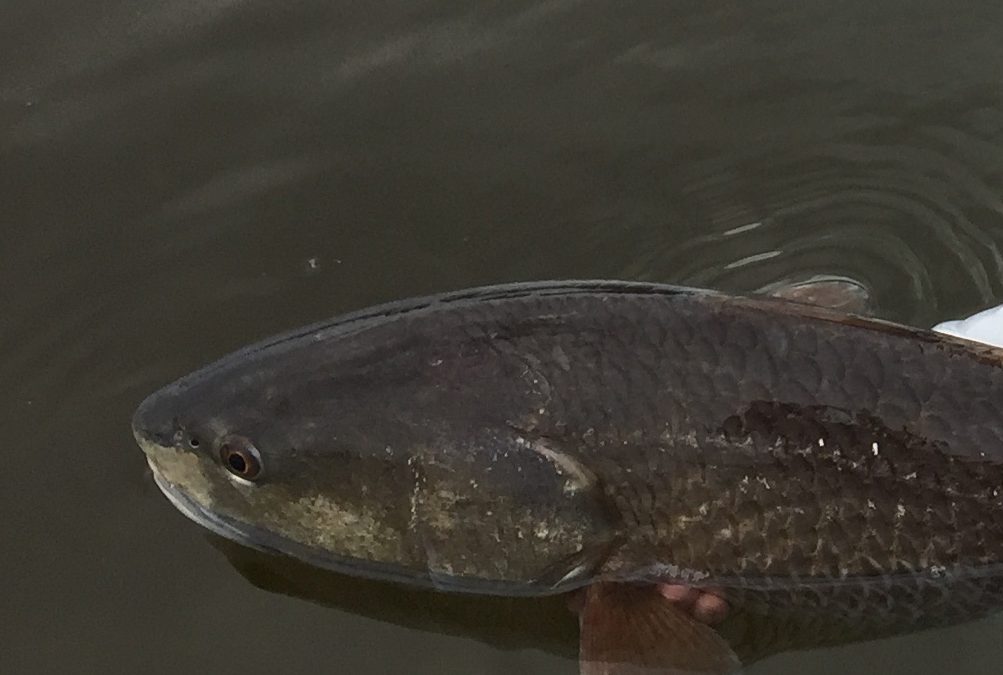For the next two months, the combination of water temperature, bait migration, and tide schedules are promising. Now, we’re in full spring transition. First, as water temperatures climb into the 70’s prey species like the scaled sardine and threadfin herring will return from offshore and make their way into the harbor. With negative tides diminishing, they’ll begin setting up on grass flats closest to the pass like those of Jug Creek and Devilfish Key. But as the month progresses, they’ll make their way into the many bays and sounds surrounding the harbor triggering a feed as predator species look to fatten up on the oily meat after the slim pickings of winter.
In particular, snook that need to fatten up in preparation for the summer spawn will begin making their way out of the rivers and backcountry creek systems. Early in the month, I like to look outside the Myakka River towards the west side of the cutoff and Hog Island. As the month progresses, I’ll make my way down the west wall paying close attention to shoreline areas adjacent to creek systems. Moreover, the entire bar system from Cape Haze Point at the lower end of the west wall to Cayo Pelau at the southern end of Gasparilla Sound can really fish well. Snook from creek systems throughout Turtle and Bull Bay will make their way onto this bar system as Devilfish Key lies at its western edge.
Redfish will also key on the scaled sardine but will still be sticking close to the mullet. Because of the additional salinity from proximity to a pass, Gasparilla and Pine Island Sound are two of my favorite places to look this month. As a rule of thumb, never miss the chance to fish under the mullet.
Like snook and redfish, spotted sea trout will also be taking advantage of the bait influx and should fish well. With water temperatures still relatively cool, look for flats in two to three feet with a mix of turtle grass and sand.
In the upper harbor, it’s also the beginning of tarpon season. Resident fish will make their way out of the river systems and group up around the deeper holes outside the west wall and Pirate Harbor. In particular, the 20-foot hole off the west wall is a good bet. At first light it’s not unusual to find them rolling.
Too, we’ll begin to see some early groups that have begun their migration up the coast out of the keys and everglades working their way towards Boca Grande Pass. I’ll start looking for some of these early arrivals in Pine Island Sound. Typically, I like hunting on flats that are full of sand holes in five to eight feet.


Recent Comments